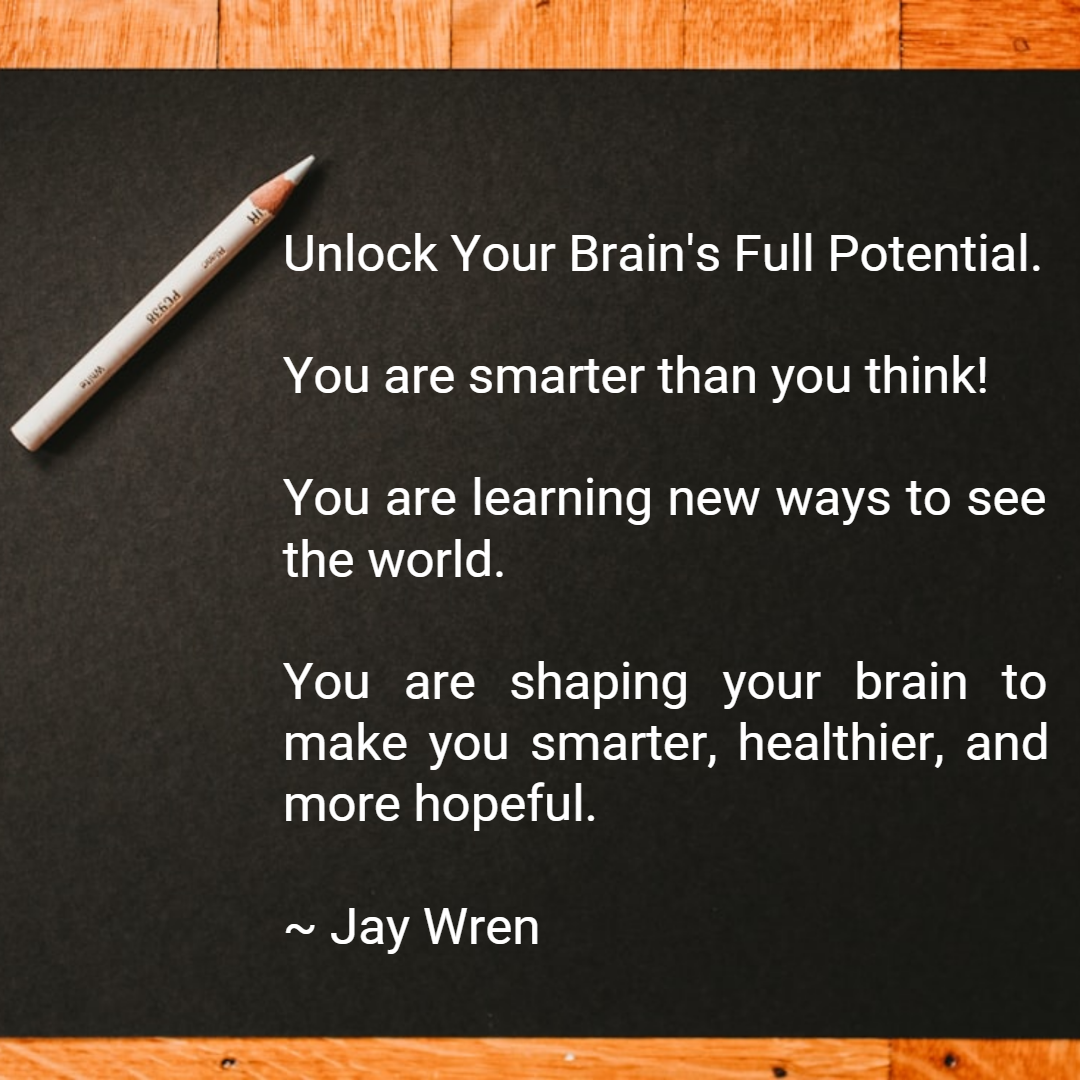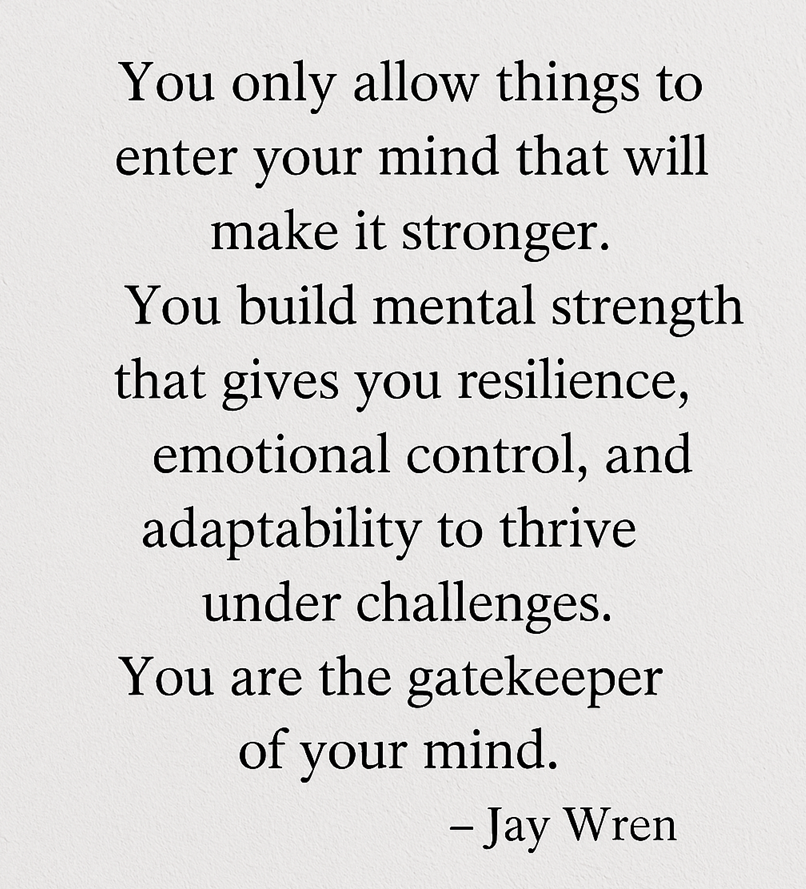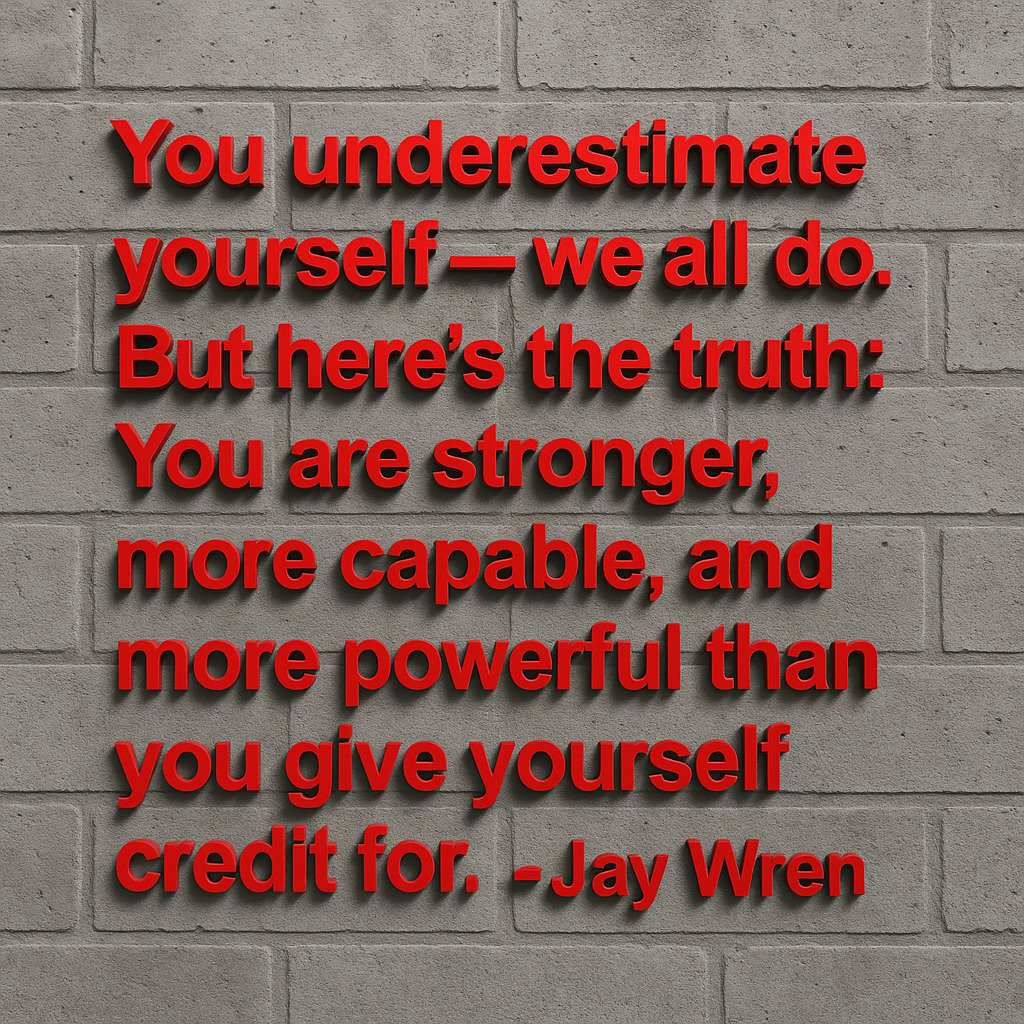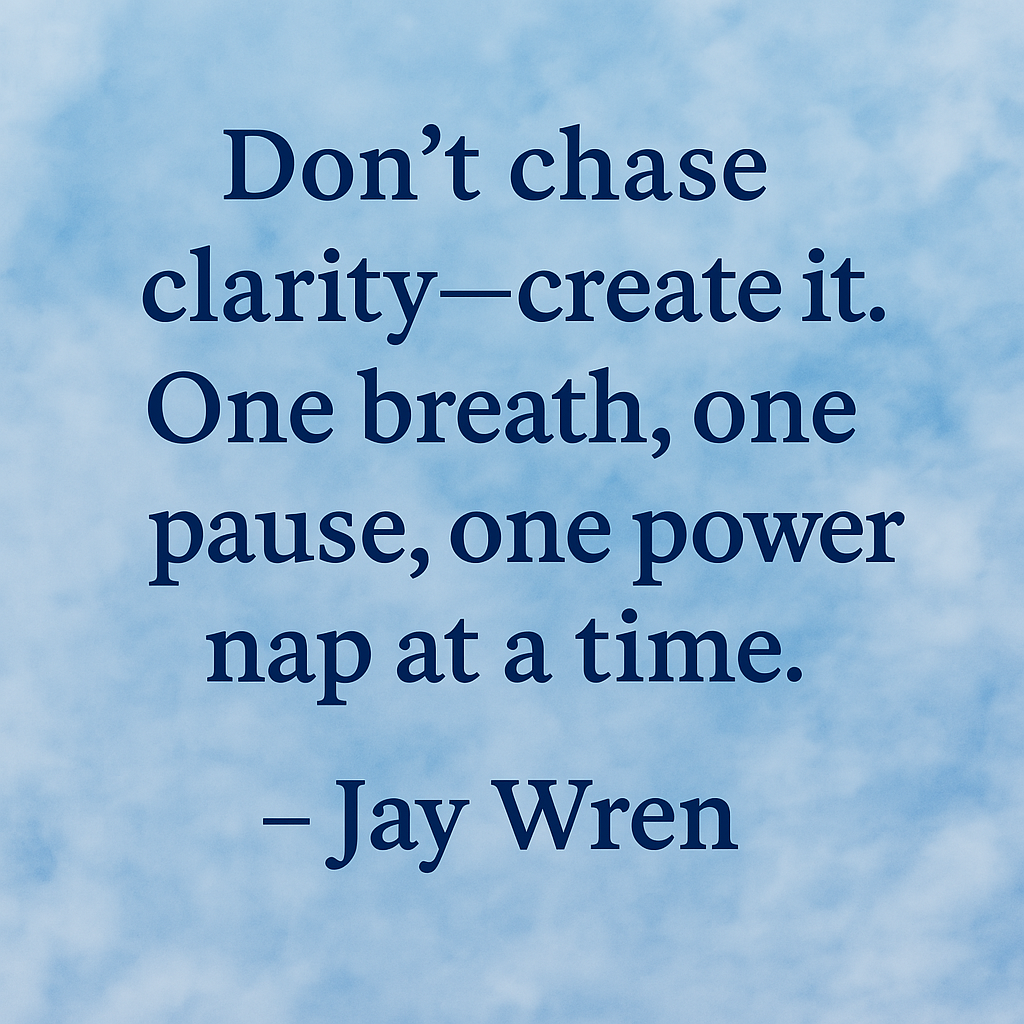Unlock Your Brain’s Full Potential
You are smarter than you think! You are learning new ways to see the world. You are shaping your brain to make you smarter, healthier, and more hopeful. ~ Jay Wren
This is all thanks to neuroplasticity, your brain’s amazing ability to build new paths for happiness, joy, and strength. Here is how you can do it with a few simple steps:
1. Be Thankful
- Every day, write down three things you’re grateful for.
- Gratitude helps you see all the good things you have, not just what’s missing.
- Over time, this practice builds stronger connections in your brain that lead to happiness.
2. Change Negative Thoughts
- When you catch yourself thinking something negative, stop and flip it!
- Instead of saying “I’ll never get this,” try “I’m learning.”
- This simple trick helps your brain create more positive thinking habits.
3. Practice Mindfulness and Meditation
- Spend 5-10 minutes each day sitting quietly.
- Meditation helps you stay calm and focused.
- It also improves your emotional control and overall mental health.
4. Get Moving
- When you exercise, your brain releases “happy chemicals” like dopamine and endorphins.
- Physical activity also boosts parts of your brain connected to learning and your mood.
5. Develop Hobbies That Fulfill
- Find hobbies that truly fulfill you, like creating art, helping others, or having meaningful conversations.
- These activities bring deeper, longer-lasting happiness than quick thrills.
6. Imagine Your Best Life
- Picture yourself happy and successful.
- This activates the parts of your brain that drive success and motivation, making your goals feel more achievable.
7. Connect with Others
- Spend time with people who make you feel good and uplift you.
- Positive relationships release oxytocin, a chemical that makes you feel safe and happy.
Remember: Consistency is Key!
Think of your brain like a path through the woods. The more you walk it, the clearer and easier it becomes. To truly transform your emotions, you need to show up and practice these steps again and again. Eventually, happiness can become your natural state.
Photo by Kelly Sikkema on Unsplash





